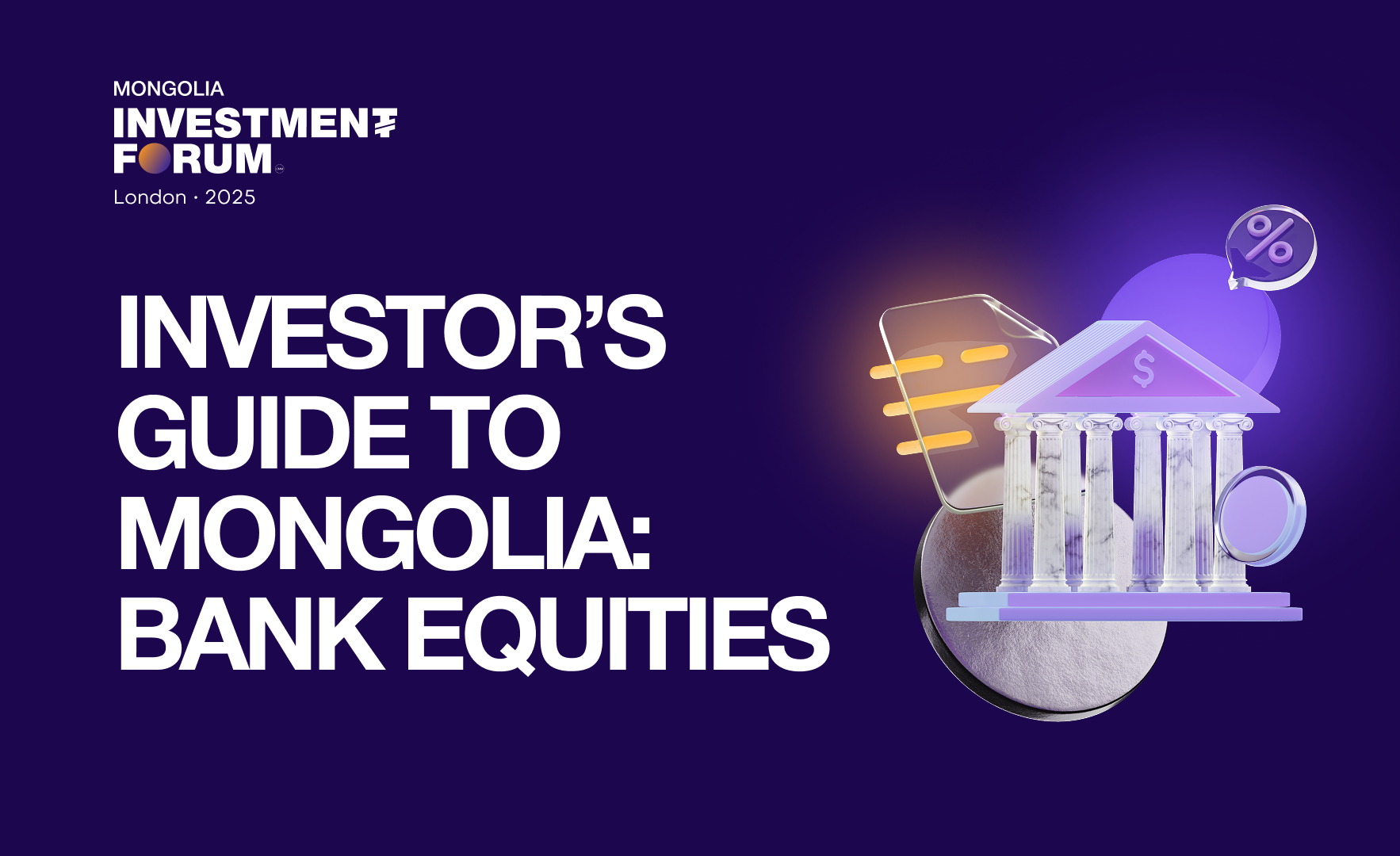World Bank Launches US$78 Million Power-Grid Project to Strengthen Mongolia’s Energy Security
Oct 29, 2025
Enkhjin A.
In a significant boost to Mongolia’s energy infrastructure and transition pathway, the World Bank has approved a US $78 million financing package for the “Fourth Energy Sector Project,” aimed at reinforcing the country’s central electricity grid.
Project Highlights & Objectives
- A new 220-kV high-voltage transmission line connecting the existing Mandal substation to a newly established substation in Uvurkhangai Province.
- Expansion and modernisation of substations in Mandalgovi, Arvaikheer, and Bayankhongor, the 3 main hubs in the central energy system.
- Associated 110-kV transmission lines to link these substations efficiently.
Benefits of the Project
- The new project aims to expand grid capacity by over 590 MW, cutting power outages by nearly 50% in key regions and enabling the integration of at least 150 MW of wind and solar power into the national grid.
- Electricity coverage expansion to benefit around 200,000 residents in central and western Mongolia, improving access in remote areas.
- Climate-proofing of grid infrastructure to withstand extreme weather, dust storms, floods and other emerging risks tied to climate change in Mongolia.
Strategic context & implications
From a macro-economic and capital markets viewpoint, this move carries several important signals:
- Energy security and reliability – Mongolia’s central energy system has long grappled with capacity constraints and heavy dependence on coal-fired power plants. The World Bank investment therefore addresses a foundational vulnerability in the national economy (power supply interruptions hamper industries, households, and investment).
- Renewable energy integration and decarbonisation – By enabling the grid to absorb 150 MW+ of wind and solar, this project supports Mongolia’s commitment under the Paris Agreement (including its pledge to reduce greenhouse gas emissions by about 22.7 % by 2030, and to achieve approximately 30 % renewable energy penetration).
- Investment catalyst for sector growth – Improved transmission infrastructure can lower risks for private-sector renewable developers and foreign investors. That opens the door to more capital inflows, potentially strengthening Mongolia’s position in the regional clean-energy value chain.
- Regional development and inclusion – The focus on rural/remote central and western regions points to inclusive growth. For capital markets, this means a broadened economic base (beyond just Ulaanbaatar) and greater demand for services, construction, grid-equipment supply and operations.
- Long-term competitiveness – A modernised grid builds resilience (both technical and climate-related). For Mongolia’s economic outlook and credit profiles, reducing systemic infrastructure risk is positive for sovereign creditworthiness and the business environment.
Conclusion
The World Bank’s US $78 million commitment to Mongolia’s Fourth Energy Sector Project marks a decisive step toward upgrading power infrastructure, integrating renewables, and fortifying energy security. For Mongolia’s economy and capital markets, this investment brings both direct opportunities (in infrastructure and clean energy) and broader benefits (improved investor confidence, reduced systemic risk, and inclusive regional growth).
Photo from: The Exascale Computing Project
Loading ...

